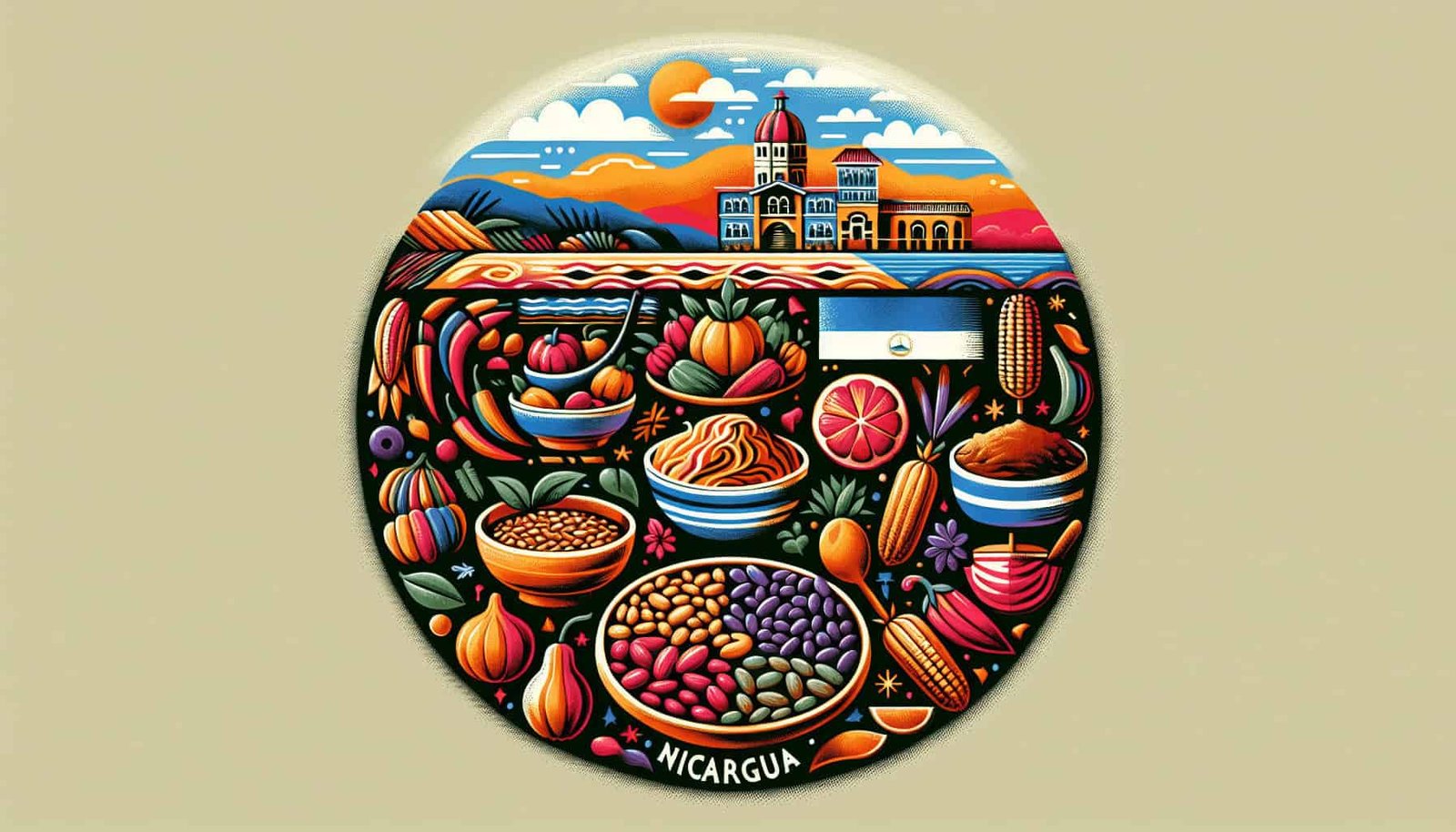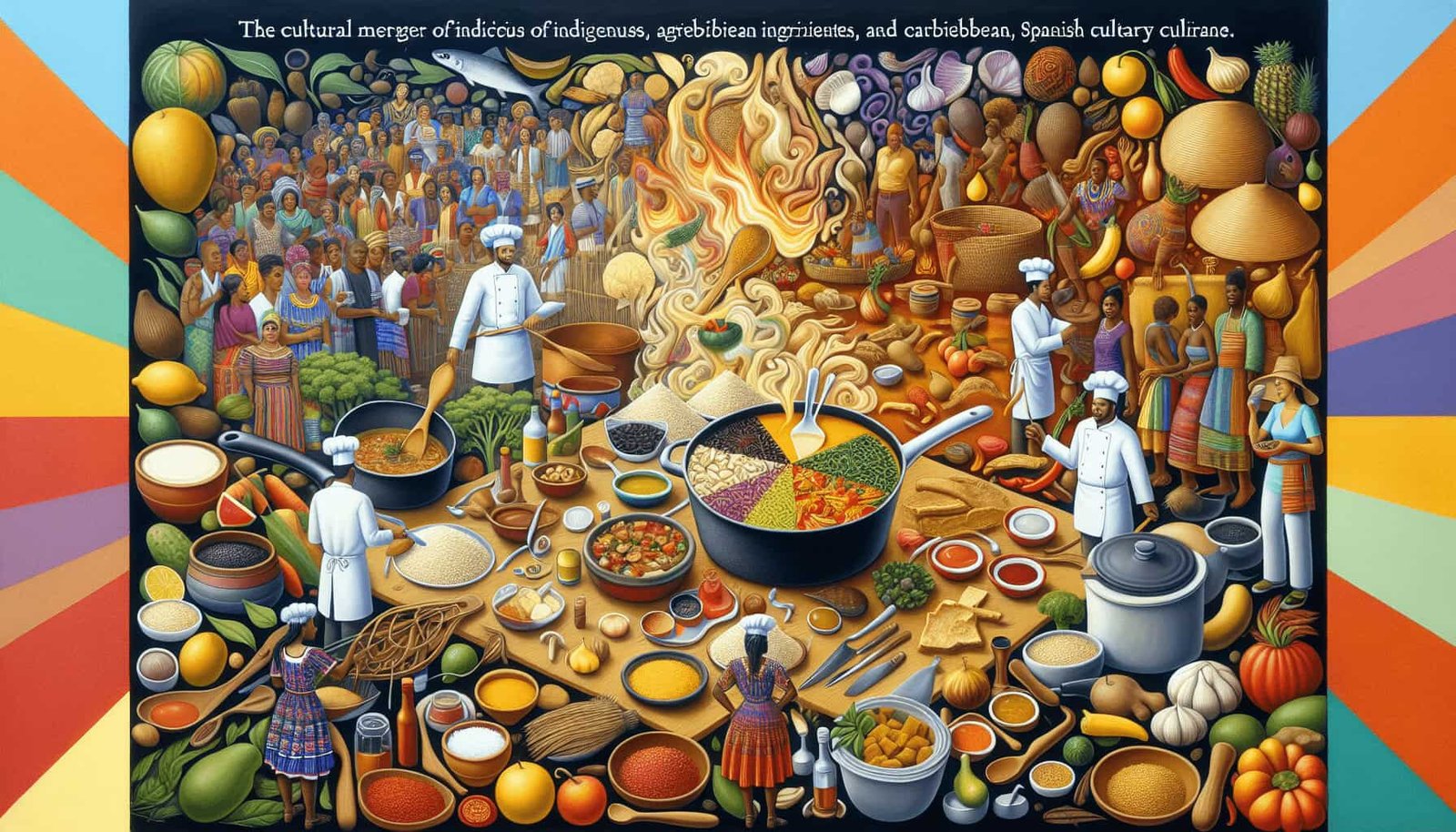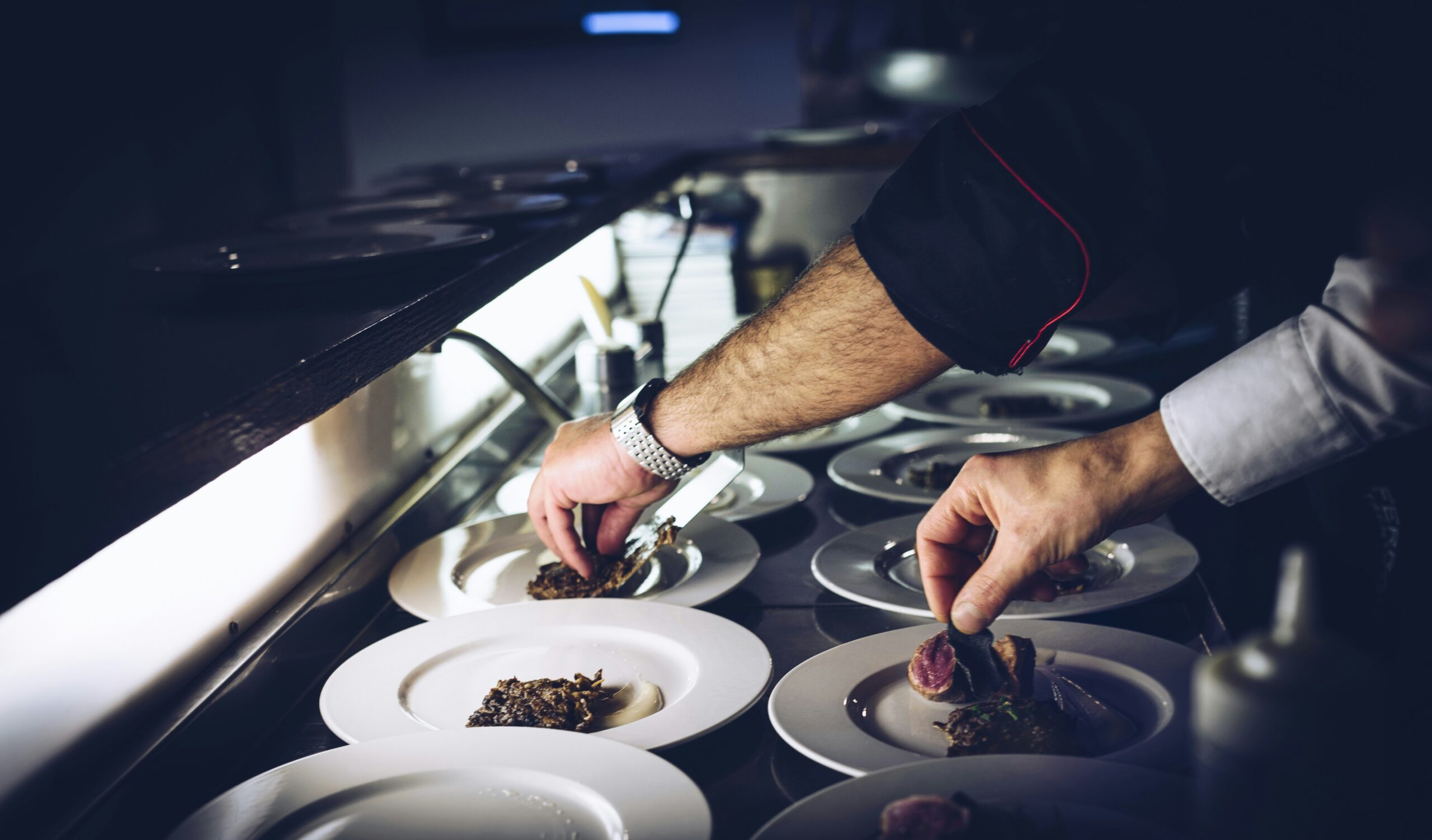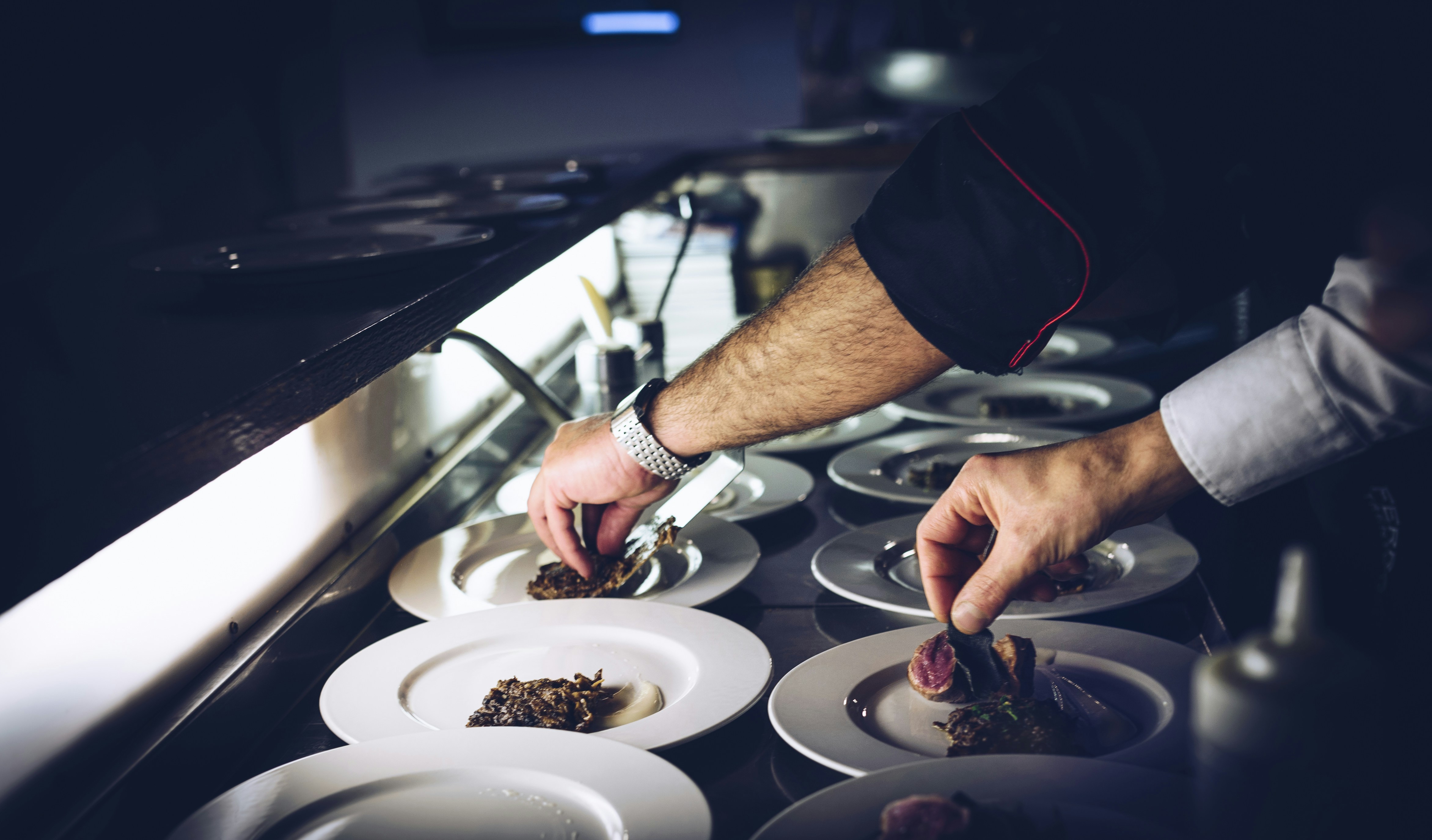Nicaragua, a country brimming with cultural diversity, is not only known for its stunning landscapes and warm hospitality but also for its delectable cuisine. The amalgamation of various ethnic communities has played a significant role in shaping the country’s culinary heritage. But have you ever wondered if there are specific Nicaraguan dishes that highlight the distinct flavors and cooking techniques of different ethnic groups? In this article, we will explore the rich tapestry of Nicaraguan cuisine and uncover the hidden gems that showcase the culinary contributions of diverse communities.
Traditional Nicaraguan Cuisine
Nicaraguan cuisine is a vibrant and diverse culinary tapestry that reflects the country’s rich history and cultural heritage. Influenced by the indigenous communities and Spanish colonialism, the traditional cuisine of Nicaragua is a fascinating blend of flavors, techniques, and ingredients.
Influence of Indigenous Communities
The indigenous communities in Nicaragua have had a significant influence on the country’s cuisine. Their culinary traditions, passed down through generations, are deeply rooted in the use of local ingredients and cooking techniques. One of the most prominent elements in traditional Nicaraguan cuisine is corn, which is used to make a variety of dishes such as tortillas, tamales, and nacatamales.
Influence of Spanish Colonialism
The Spanish colonization of Nicaragua introduced new ingredients and cooking methods to the country’s culinary landscape. Rice and beans, a staple in Nicaraguan cuisine, is a prime example of the Spanish influence. This dish, known as “gallo pinto,” is a flavorful combination of rice, red or black beans, and spices. Tamales and nacatamales, another significant part of Nicaraguan cuisine, also have their roots in Spanish colonialism.
Culinary Contributions of Different Ethnic Communities
Nicaraguan cuisine is a reflection of the diverse ethnic communities that have shaped the country’s culinary identity. From African influences to the flavors of the Garifuna, Creole, and Mestizo communities, each group has left its mark on the vibrant food culture of Nicaragua.
African Influences and Contributions
The African influence on Nicaraguan cuisine can be traced back to the arrival of African slaves during the colonial period. Their culinary contributions are marked by the use of ingredients such as coconut, yam, plantains, and seafood. These ingredients are used in vibrant and flavorful dishes such as rondon, a hearty seafood soup, and sopa de mondongo, a tripe soup seasoned with exotic spices.
Garifuna Cuisine
The Garifuna community, descendants of African and indigenous people, have their unique culinary traditions in Nicaragua. One of the standout dishes of Garifuna cuisine is tapado, a rich seafood stew made with coconut milk, plantains, and various local ingredients. Another popular dish is sere, a savory soup that combines fish or shrimp with traditional herbs and spices.
Creole Cuisine
The Creole community in Nicaragua has also made significant culinary contributions. Influenced by both African and European traditions, Creole cuisine is a harmonious fusion of flavors. Rondon, a popular dish in Creole cuisine, is a seafood soup that combines coconut milk, fish, plantains, and yams. Madras curry, another delicious dish of Creole origin, is a flavorful curry with a unique blend of spices.
Mestizo Cuisine
The mestizo community, a mix of Spanish and indigenous heritage, has its own distinct culinary traditions. Indio Viejo, a popular dish in Mestizo cuisine, is a hearty stew made with shredded meat, vegetables, and masa (corn dough). Vigorón, another traditional dish, features yuca, pork rinds, and cabbage, all served together on a banana leaf. Baho, a slow-cooked meat dish marinated with local spices, is another staple of Nicaraguan Mestizo cuisine.

Indigenous Influences in Nicaraguan Cuisine
The indigenous communities in Nicaragua have made profound contributions to the country’s culinary traditions. Their influence can be seen in the use of various staple ingredients and cooking techniques.
Corn-based Dishes
Corn is a vital ingredient in Nicaraguan cuisine, and many traditional dishes feature corn as their main component. From the ubiquitous corn tortillas to the beloved tamales and nacatamales, corn is an integral part of Nicaraguan daily life. Tamales, prepared with corn masa, are filled with a variety of ingredients such as meats, vegetables, and spices. Nacatamal, a larger version of the tamale, often contains marinated pork and is wrapped in a banana leaf before being steamed to perfection.
Yuca-based Dishes
Yuca, also known as cassava, is another essential ingredient in Nicaraguan cuisine. It is often used in the preparation of traditional dishes such as vigorón and baho. Yuca is boiled, mashed, or fried to create a variety of delicious and hearty dishes that are enjoyed by both locals and visitors alike.
Beans and Rice
Beans and rice, known as “gallo pinto,” are the cornerstone of Nicaraguan cuisine. This humble yet delicious dish is typically served as a breakfast or lunch main course. The combination of perfectly cooked rice and flavorful beans, seasoned with herbs and spices, creates a comforting and satisfying meal that is enjoyed throughout the country.
Spanish Influences in Nicaraguan Cuisine
The Spanish influence on Nicaraguan cuisine is evident in several traditional dishes that have become iconic and beloved by Nicaraguans.
Rice and Beans
Rice and beans, commonly known as “gallo pinto,” is a staple dish that reflects the Spanish influence on Nicaraguan cuisine. This flavorful combination of rice and beans, seasoned with herbs, spices, and sometimes pork or sausage, is a simple yet satisfying meal that is enjoyed by Nicaraguans of all backgrounds.
Tamales
Tamales have their origins in Spanish cuisine and were introduced to Nicaragua during the colonial period. Nicaraguan tamales are made with corn masa and can be filled with a variety of ingredients such as meats, vegetables, and spices. They are then wrapped in banana leaves and steamed until cooked to perfection.
Nacatamal
The nacatamal is a larger version of the tamale and is considered a Nicaraguan specialty. It is typically filled with marinated pork, rice, potatoes, and vegetables. The nacatamal is then wrapped in banana leaves and steamed for several hours, resulting in a flavorful and hearty dish that is often enjoyed during special occasions and celebrations.

African Influences in Nicaraguan Cuisine
The African influence on Nicaraguan cuisine is prevalent in the coastal regions, where the use of coconut, seafood, and exotic spices is prominent.
Coconut-based Dishes
Coconut is a key ingredient in many traditional African-influenced Nicaraguan dishes. Coconut milk is often used to add richness and depth of flavor to soups, stews, and rice dishes. Its subtle sweetness complements the savory flavors of seafood and other ingredients, creating a unique and delicious culinary experience.
Rondon
Rondon is a popular African-influenced dish in Nicaragua, particularly in the coastal regions. This rich and hearty seafood soup features a tantalizing blend of coconut milk, various seafood such as fish, shrimp, and crab, and an array of vegetables and spices. The flavors of the Caribbean come alive in every spoonful, making rondon a true delight for seafood lovers.
Sopa de Mondongo
Sopa de mondongo is a traditional Nicaraguan tripe soup that showcases the African influence in Nicaraguan cuisine. The soup is made with beef tripe, vegetables, and a flavorful broth that is seasoned with aromatic herbs and spices. Served with rice and tortillas, sopa de mondongo is a comforting and satisfying dish that exemplifies the fusion of flavors in Nicaraguan culinary traditions.
Garifuna Cuisine
The Garifuna community in Nicaragua has its distinct culinary traditions, which combine African, Caribbean, and indigenous flavors.
Tapado
Tapado is a standout dish in Garifuna cuisine. This rich and flavorful seafood stew is made with an assortment of fresh fish, shrimp, crab, and plantains cooked in a savory coconut milk broth. The combination of the seafood’s natural sweetness and the richness of the coconut milk creates a tantalizing flavor profile that is both unique and incredibly delicious.
Sere
Sere is another traditional dish of Garifuna cuisine in Nicaragua. This savory soup features fish or shrimp cooked with local herbs, spices, and vegetables such as okra and green plantains. The result is a vibrant and hearty soup with complex flavors that showcase the culinary expertise of the Garifuna people.
Creole Cuisine
The Creole community in Nicaragua has a diverse and flavorful culinary tradition that blends African, European, and indigenous influences.
Rondon
Rondon, a dish that is shared by both the Creole and African communities, is a delicious example of Creole cuisine. This seafood soup is made with a base of coconut milk, various types of fish, plantains, yams, and other vegetables. The combination of ingredients creates a rich and flavorful broth that is both comforting and satisfying.
Madras Curry
Madras curry is another popular dish in Creole cuisine. This spicy and aromatic curry features a blend of traditional herbs and spices, including turmeric, cumin, coriander, and fenugreek. The curry is typically served with rice and is enjoyed by those who appreciate the bold and vibrant flavors of Creole cooking.
Escabeche
Escabeche is a traditional dish in Creole cuisine that showcases the influence of European cooking techniques. This pickled vegetable dish is made by marinating vegetables such as onions, carrots, and bell peppers in a tangy vinegar-based solution. The result is a refreshing and flavorful side dish that pairs well with a variety of main courses.
Mestizo Cuisine
The mestizo community in Nicaragua has its culinary traditions that combine Spanish and indigenous influences.
Indio Viejo
Indio Viejo is a classic dish in Mestizo cuisine. This hearty stew is made with shredded meat, usually beef or chicken, and is flavored with a blend of spices and herbs. Masa, or corn dough, is added to the stew to thicken it and give it a unique texture. Indio Viejo is often served with rice and tortillas, providing a satisfying and fulfilling meal.
Vigorón
Vigorón is a traditional dish that combines the flavors of yuca, pork rinds, and cabbage. It is typically served on a banana leaf and topped with a tangy vinegar-based sauce. The combination of textures and the balance of flavors create a delightful dish that is enjoyed by Nicaraguans from all walks of life.
Baho
Baho is a slow-cooked meat dish that is marinated with local spices and then wrapped in banana leaves before being cooked to perfection. The result is tender and flavorful meat that is often served with rice and beans. Baho showcases the culinary expertise of the mestizo community and is a beloved dish in Nicaragua.

Fusion and Contemporary Dishes
Nicaraguan cuisine continues to evolve and adapt with the changing times. Fusion and contemporary dishes have emerged, combining traditional Nicaraguan flavors with international influences.
Nica Burgers
Nica burgers are a popular fusion dish in Nicaragua. They feature traditional Nicaraguan ingredients such as plantains and local cheeses, combined with the iconic American burger. The result is a unique and delicious burger that showcases the creativity and innovation of Nicaraguan chefs.
Nacatostones
Nacatostones are another contemporary dish that combines traditional Nicaraguan ingredients with a modern twist. They are made by frying sliced plantains and then topping them with a variety of savory and sweet toppings such as cheese, beans, and cream. Nacatostones are a popular street food in Nicaragua and provide a flavorful and satisfying snack or meal.
Quesillo
Quesillo is a quintessential Nicaraguan dish that combines traditional flavors in a simple yet delicious way. It consists of a tortilla filled with Nicaraguan cheese, onions, and sour cream. Quesillo is a popular street food that can be enjoyed as a snack or as a light meal. It is a testament to the versatility and ingenuity of Nicaraguan cuisine.
Conclusion
Nicaraguan cuisine is a treasure trove of flavors, techniques, and ingredients that reflect the country’s rich and diverse cultural heritage. Influenced by the indigenous communities, Spanish colonialism, and various ethnic groups, the traditional dishes of Nicaragua showcase a culinary tapestry that is as vibrant as it is delicious. From corn-based dishes and coconut-infused delicacies to fusion creations and contemporary twists, Nicaraguan cuisine is a testament to the country’s history, cultural integration, and love for food. So next time you find yourself in Nicaragua, be sure to embark on a culinary adventure that will take you through a rich tapestry of flavors unlike any other.


